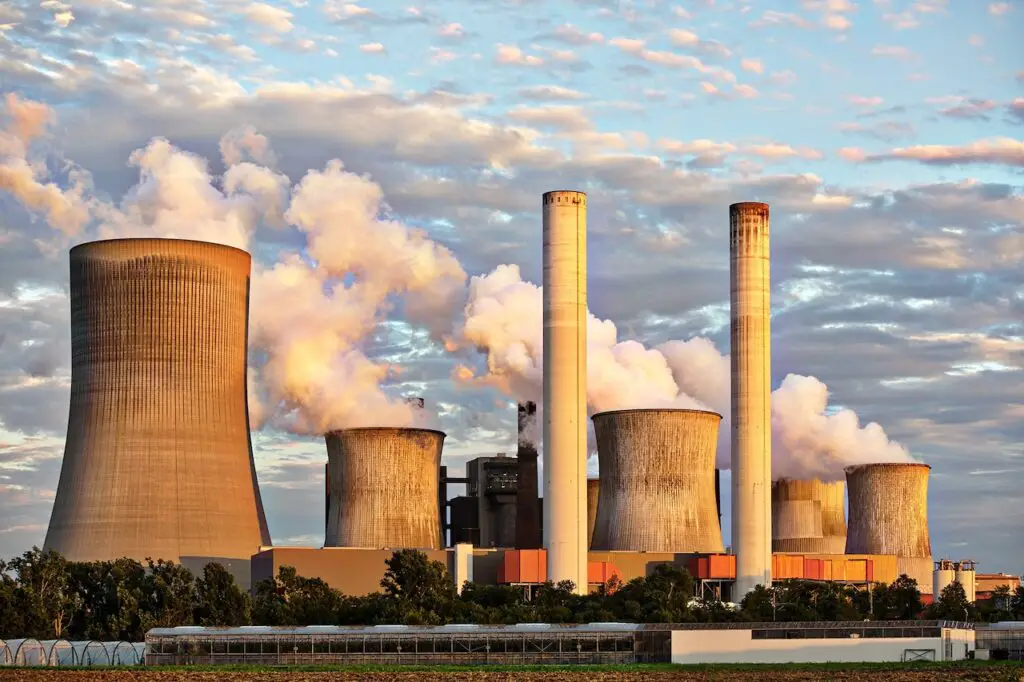Climate change is a major concern for our planet, and reducing greenhouse gas emissions is crucial to mitigating its effects. Two terms often used in this context are net zero and carbon neutral. While the two may sound similar, they have distinct differences and are both important in their own right.
Net zero refers to the balance between the amount of greenhouse gases emitted and the amount removed from the atmosphere. This means that organizations and businesses are responsible for reducing their emissions and offsetting any remaining emissions through carbon removal credits. On the other hand, carbon neutrality means that a company or organization is responsible for removing as much carbon dioxide from the atmosphere as it is emitting.
Understanding the difference between net zero and carbon neutral is important for individuals, businesses, and governments to make informed decisions about their environmental impact. In this article, we will explore the nuances of these terms, their implications, and how they can be achieved. By the end of this article, you will have a clear understanding of the differences between net zero and carbon neutral and their significance in the fight against climate change.

Defining Net Zero and Carbon Neutral
Net Zero
Net zero refers to the goal of eliminating all greenhouse gas emissions, not just carbon emissions. Achieving net zero means that the amount of greenhouse gases emitted is equal to the amount removed from the atmosphere. This can be achieved through a combination of reducing emissions and removing carbon dioxide from the atmosphere through methods such as reforestation or carbon capture and storage.
Net zero is a more ambitious goal than carbon neutrality as it seeks to address all greenhouse gases and not just carbon emissions. Many organizations and countries have set targets to achieve net zero emissions by a certain date to combat climate change.
Carbon Neutral
Carbon neutral means that an activity releases net-zero carbon emissions into the atmosphere. This can be achieved through a combination of reducing emissions and offsetting those emissions through methods such as investing in renewable energy or purchasing carbon credits.
Carbon neutrality is a step towards achieving net zero emissions, but it only addresses carbon emissions and not other greenhouse gases. Many companies and organizations have committed to achieving carbon neutrality by a certain date as part of their sustainability efforts.
How Net Zero and Carbon Neutral Differ
Approach
Net zero and carbon neutral both aim to reduce greenhouse gas emissions, but they differ in their approach. Carbon neutrality focuses on balancing out the total amount of carbon emissions, while net zero carbon means no carbon was emitted from the start, so no carbon needs to be removed.
Scope
Net zero is a broader concept than carbon neutrality. Achieving net zero means going beyond the removal of just carbon emissions and includes other greenhouse gases, such as methane and nitrous oxide.
Timeframe
Carbon neutrality can be achieved through offsetting, which involves balancing out carbon emissions by funding projects that reduce emissions elsewhere. Net zero, on the other hand, requires a more immediate and aggressive approach to emissions reduction, with the aim of achieving zero emissions as soon as possible.
Offsets
Carbon neutrality relies heavily on offsets to achieve its goal. Offsets involve funding projects that reduce emissions elsewhere, such as renewable energy projects or reforestation initiatives. In contrast, net zero focuses on reducing emissions directly, rather than relying on offsets.
Benefits and Limitations of Net Zero and Carbon Neutral
Benefits of Net Zero
Net zero is a crucial step towards reducing carbon emissions and slowing down climate change. It encourages the use of renewable energy sources, which reduces dependence on fossil fuels. This, in turn, helps to reduce greenhouse gas emissions, which are the main cause of climate change.
Net zero also promotes energy efficiency, which can help reduce energy costs and increase sustainability. It encourages the use of smart technologies, which can help optimize energy consumption and reduce waste.
Limitations of Net Zero
Net zero is not a perfect solution. It can be expensive to implement, and it may not be suitable for all industries or regions. It can also be difficult to achieve in certain situations, such as in areas with limited renewable energy resources.
Net zero also does not address other environmental issues, such as water pollution or deforestation. It is important to remember that net zero is just one step towards a more sustainable future.
Benefits of Carbon Neutral
Carbon neutral is a great way to offset carbon emissions and reduce the impact of human activities on the environment. It encourages the use of renewable energy sources, which reduces dependence on fossil fuels and promotes sustainability.
Carbon neutral also promotes the conservation of natural resources, which can help protect biodiversity and ecosystems. It can also help to reduce the carbon footprint of businesses and individuals, which can improve their reputation and attract customers who value sustainability.
Limitations of Carbon Neutral
Carbon neutral is not a perfect solution. It can be expensive to implement, and it may not be suitable for all industries or regions. It can also be difficult to achieve in certain situations, such as in areas with limited renewable energy resources.
Carbon neutral also does not address other environmental issues, such as water pollution or deforestation. It is important to remember that carbon neutral is just one step towards a more sustainable future.
Real-World Examples of Net Zero and Carbon Neutral
Many companies and countries are committing to net zero and carbon neutrality targets. Here are some real-world examples:
- Microsoft has pledged to be carbon negative by 2030, meaning they will remove more carbon dioxide from the atmosphere than they emit.
- Denmark aims to be carbon neutral by 2050, and has already reduced its greenhouse gas emissions by 39% since 1990.
- Unilever has set a net zero emissions target for its products by 2039, and is working to reduce emissions across its entire value chain.
- Costa Rica has been carbon neutral since 2017, largely due to its use of renewable energy sources like hydroelectric, wind, and geothermal power.
These examples show that net zero and carbon neutral targets are achievable with the right strategies and commitment. Companies and countries can take a variety of approaches to reach these targets, such as:
- Investing in renewable energy sources like wind and solar power
- Implementing energy efficiency measures to reduce emissions
- Offsetting emissions through carbon credits or other mechanisms
- Developing new technologies to capture and store carbon dioxide
It’s important to note that achieving net zero or carbon neutrality is not a one-size-fits-all solution. Each company or country must develop a tailored plan that takes into account their unique circumstances and challenges. However, these examples show that it is possible to make significant progress towards a more sustainable future.
Conclusion
Net Zero and Carbon Neutral are two terms that are often used interchangeably, but they have different meanings. Net Zero involves actively reducing emissions to zero, while Carbon Neutral only involves offsetting emissions through external projects.
It is important to understand the difference between these two terms, as it can affect the way we approach climate change. While Carbon Neutral is a good short-term solution, Net Zero is the ultimate goal that we should strive for.
Many companies and governments have made commitments to reach Net Zero emissions by a certain date, and it is important that we hold them accountable to these goals.
Ultimately, the path to Net Zero or Carbon Neutral will require a combination of emissions reductions, carbon offsets, and carbon removal technologies. It will take a collective effort from all of us to achieve these goals and ensure a sustainable future for generations to come.




